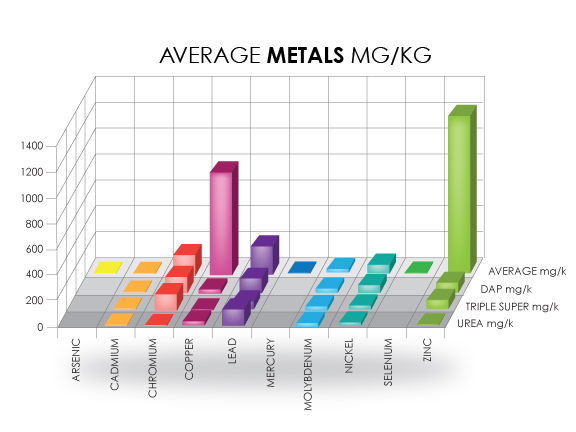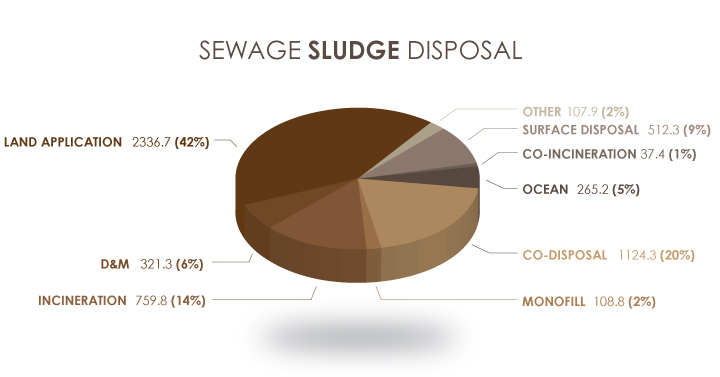The following article was written by Lee D. Hoffmann, and presented at the Fertilizer Industry Round Table (FIRT) in October, 1992.
1. Introduction – In 1982 John Naisbitt published a book called “Megatrends”. This book was based on a collection of news stories which were summarized into the (10) major cultural shifts. Below are the trends as described in this book:
a. Industrial Society to an Information Society.
b. Forced Technology to a High Tech/High Touch Society.
c. National Economy to a World Economy.
d. Short Term Oriented to Long Term Oriented.
e. Centralization to Decentralization.
f. Institutional Help to Self Help.
g. Representative Democracy to Participatory Democracy.
h. Hierarchies to Networking.
i. North to South.
j. Either/Or to Multiple Option.
In particular I would like to focus your attention on item “J”. Personal choices for Americans remained rather narrow and limited from the postwar period through much of the 60’s.
I am sure you can all remember all telephones were black, bathroom fixtures were white, checks only came in green, there were only (3) television stations, and soft drinks came in (3) flavors. (Coke, Pepsi, and 7-Up). In contrast, telephones, bathroom fixtures and checks, are now available multi-colors and styles. Cable TV offers over (30) stations and there are at least (8) variations of Coke. Today there is Coke, Diet Coke, Caffeine Free Coke, Caffeine Free Diet Coke, Cherry Coke, Diet Cherry Coke, Caffeine Free Cherry Coke, and
Caffeine Free Diet Cherry Coke. Let alone the multitude of Flavored Mineral Waters.
Well I propose that Sewage Sludge is the Diet Coke of the Fertilizer Industry.
You may wonder why I would open with something so seemingly extraneous to the Fertilizer Industry. Well, believe it or not, the same people that support the above alternatives are the same people that are fertilizing their lawns and nourishing their gardens, and maintaining our golf courses and probably most important of all, the same people that are feeding the world.
A study of our marketing statistics indicates that, never before, have we received more inquiries on equipment needed to process alternative items such as Bat, Chicken, Cattle and Turkey manure, as well as Industrial Sludges and most of all Municipal Wastewater Sludges.
Since we have seen the most activity in Sewage Sludge and it is such an abundant material the balance of this paper will concentrate on its beneficial use.
We are presently working with entrepreneurs who are contracting for the output of these facilities. In most cases they are being paid to take this output and in addition then convert it to fertilizer. Much of the equipment to do so, is very similar to traditional fertilizer manufacturing equipment; however process technology and controls are more refined.
2. Government’s Present and Proposed Position on Agricultural Sewage Sludge Use:
- a. Sewage Sludge Survey – In November of 1990 the EPA published a report called the National Sewage Sludge Survey. This survey consisted of data collection and an informational questionnaire to obtain data on sewage sludge quality and management. The data in this report was based on 1988 disposal methods. The results of the survey have provided the EPA with current data and information essential to establishing numerical pollutant limits in the final part of the 503 rule that will encourage the beneficial reuse of sewage sludge and provide a greater degree of public health and environmental protection.
- b. Because of its origin, wastewater products used in agriculture are subject to regulations which are not imposed on chemical fertilizers. No other material used in agricultural has been subjected to a more rigorous and comprehensive risk analysis.
- c. The biggest negative associated with the agricultural use of sewage sludge presently is the perception around heavy metals. The attached graphs will assist in our discussion of the heavy metals issue:
i. Allowable Metals/Average Metals Graph – Along the bottom of the graph you will notice (10) metals the EPA seems most concerned with.
 |
|
The first bar indicates what the EPA has defined as “Cumulative Pollutant Loading Rates” in kilograms per hectare (2.471 acres). These figures were published in February of 1989. In order to contrast these numbers, I needed to assume an application rate. For this I assumed the load would be if the entire EPA allowable, 50 dry metric ton per hectare, sludge load was applied. The metals content is the average derived from the National Sewage Sludge Survey. |
You will note that in most cases, with the exception of Copper, the metals loading is insignificant. I would also like to point out that a present land application operation, in the Rockford, IL area, is currently applying at a rate that is only 6% of the currently allowable 50 metric ton limit. This would make these insignificant numbers even less significant.
I should also point out that the EPA has several calculations that must be performed to determine the maximum sludge that can be applied per hectare. Generally these calculations will reduce the amount of allowable sludge. However in no event may it exceed the 50 metric ton limit.
ii. Average Metals Mg/Kg Graph – Along the bottom of the graph you will again notice the same list of metals. However, on this graph we compare the average metals contents, again from the National Sewage Sludge Survey, against various products you are familiar with.
 |
|
This graph compares the average metals contents, again from the National Sewage Sludge Survey, against various contents you are familiar with. |
As you can see, according to current EPA publications, metals in sewage sludge do not appear to be that big of an issue. This certainly will need to be re-addressed once the new regulations are published.
3. Present Disposal Statistics – At the time of the National Sewage Sludge Survey (August 1988 – September 1989) there were 11,407 publicly owned sewage treatment facilities in the United States and Puerto Rico. The survey summarized the sludge disposal methods into these following categories:
a. Land Application – The application of liquid, dewatered, dried, or composted sewage sludge to the land by surface spraying, surface spreading, or subsurface injection.
b. Distribution and Marketing – The give-away, transfer, or sale of sewage
sludge or sewage sludge product in either bagged or bulk form (Milorganite, Composting)
c. Sewage Sludge Incineration – The treatment of sewage sludge exclusively in an enclosed device using controlled flame combustion.
d. Monofill – A controlled area of land that contains one or more sewage sludge units. A sewage sludge unit is defined as a controlled area of land where only sewage sludge is placed. The sludge is covered with a cover material at the end of each operating day or at more frequent intervals.
e. Co-Disposal Landfill – An area of land or an excavation that is used for the permanent disposal of soled waste residuals, and sewage sludges.
f. Ocean Disposal – Dumping or controlled release of sewage sludge from a barge or other vessel into marine water.
g. Co-incineration – The combined treatment of sewage sludge and other combustible waste materials in an enclosed device using controlled flame combustion.
h. Surface Disposal – A controlled area of land where only sewage sludge is placed for a period of one year or longer. Sludge placed in this area is not provided with a daily or final cover.
 |
At the time of the National Sewage Sludge Survey (August 1988 – September 1989), there were 11,407 publicly owned sewage treatment facilities in the US and Puerto Rico. The survey summarized the sludge disposal methods into the following categories:
As the chart shows, there were approximately 5.6 million dry metric tons of sewage sludge disposed of in 1988. |
In our opinion the Distribution and Marketing sector holds much potential for growth. Potential uses for dried sludge are as follows:
i. Dry granular sewage sludge is very similar in appearance and handling to Commercial Fertilizers and can be applied with the same equipment.
ii. A component in commercial fertilizer granulation.
iii. A granular ingredient in bulk blends.
iv. It can still be landfilled without the cost of transporting the liquid (80%) component. In addition there is less concern about the liquids leeching.
v. Alternative fuel- the average heat value of dried sludge is approximately 4,000 btu’s/pound. This approaches the values associated with low grade coals.
Other Advantages
• Indefinite shelf life.
• Better odor control.
• Less expensive and more convenient storage.
• Generally more aesthetic.
4. Agricultural Value of Sewage Sludge –
a. Soil Conditioner – The organic components of sewage sludge improves the soils bulk density, porosity, and water retention properties. Many studies have indicated that decreased bulk density and increased soil
aggregate stability, result in better cultivation and less erosion potential. Reduced runoff and sediment losses have also been noted from using sewage sludge. Water retention increases with sludge addition, helping to provide necessary water for plant, particularly during periods of drought or water stress.
b. Nutrient Value – Most programs for beneficial use involve little or no charge for the farmer and, therefore, can represent a significant cost savings to him. The value of 10 dry tons of sludge applied to (1) acre of land, can amount to approximately $90.00 in nutrient value. Sludges vary slightly from facility to facility, but for reference, the Milorganite product manufactured in Milwaukee has an analysis of 6-2-0. Also, Milorganite is currently retailing for around $240.00 per ton, and wholesaling for around $140.00 per ton.
5. Summary – A vast majority of the testing, research, and production, to date,
has been done by people and organizations outside the Fertilizer Industry. In my opinion, there is no one better equipped to take this product to the farmer, than you. And with the government’s final version of the regulations due out next month, now is the time to begin your planning.

